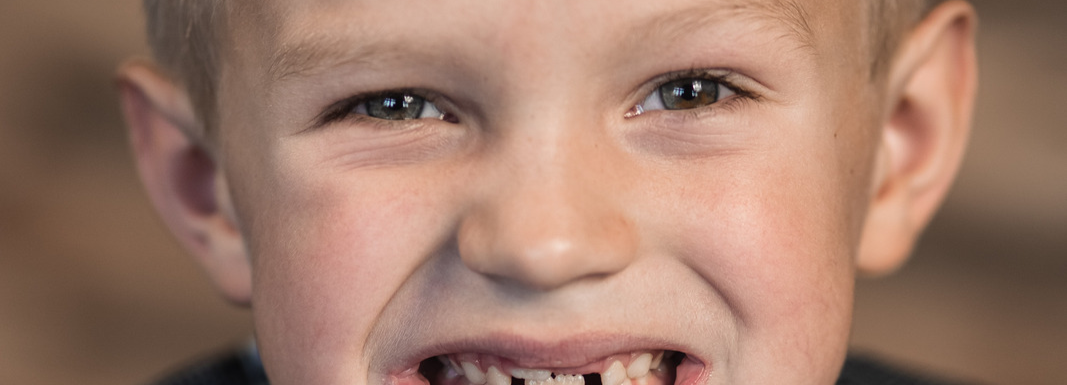Kids Teeth
The loss of baby teeth is a natural and exciting part of a child’s development. As a parent, it’s essential to understand when this process typically occurs and how to help your child navigate through this new experience. This article will discuss the general timeline for when children start losing their teeth and offer guidance on supporting them during this transition.

The Development of Baby Teeth
Before discussing when children lose their teeth, it is important to understand the development of baby teeth. Baby teeth, also known as primary or deciduous teeth, usually begin to erupt between 6 months and 1 year of age. Most children will have a full set of 20 baby teeth by the time they are 3 years old. These teeth are essential for helping children chew their food properly, develop their speech, and maintain space for their permanent teeth to grow in later.
The General Timeline for Losing Baby Teeth
Children usually start losing their baby teeth between the ages of 4 and 7, with some variation depending on the individual child’s development. The first teeth to fall out are typically the lower central incisors (the two bottom front teeth), followed by the upper central incisors (the two top front teeth). The lateral incisors, the teeth adjacent to the central incisors, are usually the next to go. These teeth are often lost between the ages of 7 and 8.
From ages 9 to 12, children will generally lose their first molars (the larger teeth located in the back of the mouth). The canines (the pointy teeth on either side of the lateral incisors) and the second molars (the last baby teeth) usually fall out between the ages of 10 and 12. By 13, most children will have lost all their baby teeth, with a full set of 28 permanent teeth taking their place.
The Role of Genetics in Tooth Loss
It’s important to note that the timeline for losing baby teeth can vary significantly among children. Genetics play a crucial role in determining when a child will start losing teeth, as well as the order in which they are lost. If a parent lost their baby teeth early or late, it’s possible that their child may follow a similar pattern. Additionally, girls tend to lose their baby teeth slightly earlier than boys.
Signs That a Tooth is Ready to Fall Out
As a child’s permanent teeth begin to develop and grow beneath the gum line, they will push against the roots of the baby teeth, causing them to become loose. A tooth that is ready to fall out will typically display increased mobility and may cause the child some discomfort when chewing or brushing.
Encourage your child to wiggle a loose tooth with their tongue or fingers gently, but avoid forcibly pulling it out. A tooth that is ready to fall out will usually do so on its own or with minimal assistance. If a tooth seems to be taking an exceptionally long time to come out, or if your child is experiencing significant pain, consult your pediatric dentist for guidance.
Caring for Your Child’s Teeth During the Transition
As your child starts losing teeth, it’s essential to maintain good oral hygiene habits. Encourage regular brushing with a soft-bristled toothbrush and fluoride toothpaste, as well as flossing once a day. Regular dental check-ups are crucial to ensure proper oral health and to identify any potential issues, such as cavities, early.
It is also important to maintain a balanced diet that is low in sugar, as sugary foods and beverages can contribute to tooth decay. Encourage your child to consume a variety of fruits, vegetables, whole grains, lean proteins, and dairy products to support their overall health

